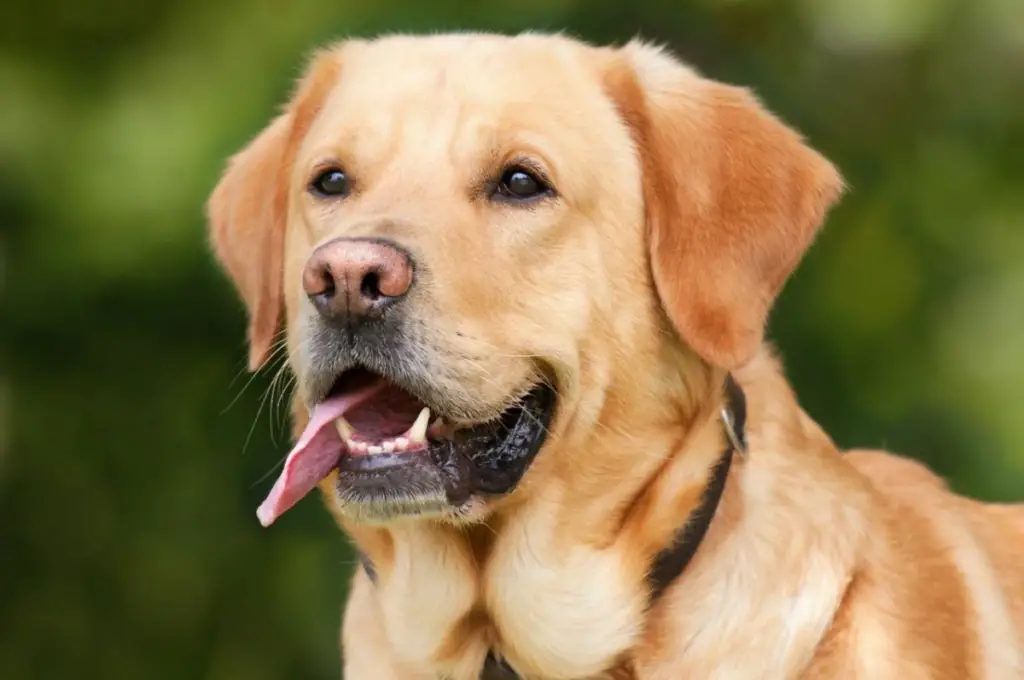Selecting the perfect dog breed to join your household in the Philippines transcends beyond just being captivated by a cozy fur or deep, expressive eyes. It necessitates a deep understanding of the climate into which you are welcoming a new four-legged member, aiming for their long-term joy and health. Living in the Philippines, with its typically warm and moist climate, I’ve recognized that our weather significantly influences which dog breeds are most suited to share our homes.
Understanding the Climate’s Role
In the Philippines, the climate is mainly warm and humid, with temperatures often fluctuating between 25°C (77°F) and 32°C (90°F). This environment can be tough for breeds sporting denser fur or those bred for cooler climates, posing risks like overheating and heatstroke.
Ideal Breeds for Tropical Weather
When choosing a dog breed, prioritize those that naturally adapt to warmer conditions. Typically, breeds with shorter and lighter-colored coats are better equipped to handle the heat since they can more efficiently reflect sunlight and regulate body temperature. Breeds such as the Labrador Retriever, Beagle, or Dachshund are well-suited for the local environment, offering not just manageable fur but also a dynamic and flexible nature that meshes well with the vibrant lifestyle of Filipino families.
Best Dog Breeds for Tropical Climates
When you live in a place where the sun blazes down, picking the right furry friend matters. Here’s a stroll through some breeds that can bask in tropical weather:
Beagle

These energetic sniffer pups come with a short coat that suits the heat. Good for outdoor fun and easy to groom.
Pomeranian

Tiny fluff balls that do well inside. Keep them cool, and they keep you happy.
Chihuahua

These pint-sized pooches rule the indoors and don’t need a ton of space to feel like kings and queens.
Golden Retriever

Lovable and with a mid-length coat, they dig the warmth but will need a splash of water and a shady spot to chill.
German Shepherd

Strong and smart, these loyal friends can adapt to warm weather with enough water and shade.
Chowchow

These lion-looking dogs bear a thick coat, so if you have cooler indoor spaces and plenty of water, they can manage.
Labrador Retriever

Happy-go-lucky Labs can stay cool as long as they have water to jump in and shade to snooze under.
Aspin or Askal (Native Street Dogs)

Born and bred under the Filipino sun, these local legends are natural tropical survivors, ready for anything the weather throws their way.
Dachshund

The Dachshund, often called a “wiener dog” for its long body and short legs, is a hound with three coat types: smooth, wire-haired, and long-haired. They vary in color and were initially bred for hunting badgers due to their keen nose and persistent nature.
Beware of Heat-Sensitive Breeds
Exercise caution with short-snouted, or brachycephalic, breeds like Bulldogs, Pugs, and Shih Tzus. Their compact nasal passages make them vulnerable to respiratory issues in moist and warm conditions. If you’re drawn to a brachycephalic breed, prioritizing their cooling and hydration is essential.
Deciding between Indoor and Outdoor Lives
Consider if your dog will spend most of their time indoors or outdoors. Dogs living outside in the Philippines will require plenty of shade and water to fend off the heat, whereas indoor dogs will need an environment that is cool and well-ventilated. Breeds such as the Shih Tzu and Pomeranian are especially suited for indoor living, thanks to their smaller size and moderate exercise needs.
Energy Levels and Adaptability
Finally, think about the breed’s energy level and its ability to adapt to your lifestyle. Active dogs, like the Jack Russell Terrier and the Australian Shepherd, thrive in energetic households but need sufficient space for exercise, even in a warm climate. Matching a dog’s energy and adaptability to your family’s lifestyle is just as critical as considering the environmental factors.
The Vitality of Health Precautions
No matter the breed you opt for, proactive health management is key, especially under the Philippine climate. Routine vet checks, vaccinations, and measures to prevent typical tropical conditions such as heartworm and diseases carried by ticks are vital for your dog’s health.
I’m curious about your experiences and insights. Do you have experiences with specific dog breeds in the Philippine climate that adapted smoothly or encountered obstacles? Sharing our stories and knowledge can assist other dog enthusiasts in making informed decisions, ensuring our canine friends lead a joyous and healthy existence in our warm and inviting country.

